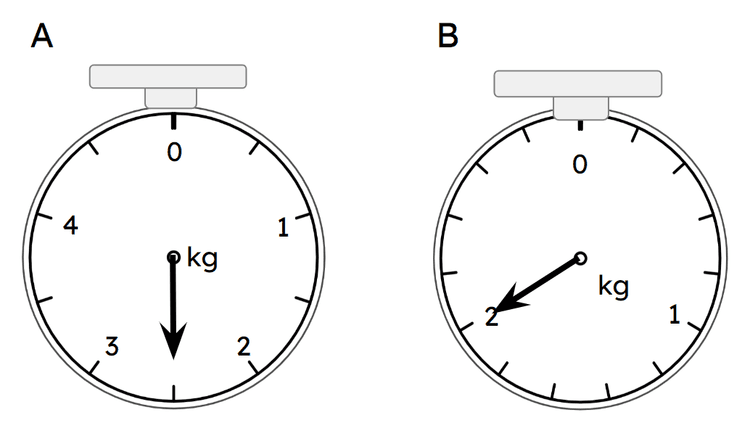Myths about teaching can hold you back
- Year 3
Measure mass in whole kilograms and grams
I can use whole kilograms and grams to measure the mass of objects.
- Year 3
Measure mass in whole kilograms and grams
I can use whole kilograms and grams to measure the mass of objects.
These resources were made for remote use during the pandemic, not classroom teaching.
Switch to our new teaching resources now - designed by teachers and leading subject experts, and tested in classrooms.
Lesson details
Key learning points
- 1 kg is equivalent to 1000 g.
- The mass of heavy objects can be given in whole kilograms and grams.
- We can use our knowledge of 1 kg and the composition of 1000 to determine the mass of objects.
Keywords
Mass - Mass is a measure of how much matter something contains. It is measured by how much something weighs. Mass can be measured in kg and g.
Gram - A gram is a metric measure of mass. A paper clip has a mass of about 1 gram. The abbreviation is g.
Kilogram - Kilograms are use to measure the mass objects that are heavy. A pineapple has a mass of about 1 kilogram. The abbreviation is kg.
Common misconception
Composition of 1,000 is Year 4 content so children may make mistakes when giving masses in kg and g.
Use of stem sentences to help: 1,000 is composed of __ equal parts of __.
To help you plan your year 3 maths lesson on: Measure mass in whole kilograms and grams, download all teaching resources for free and adapt to suit your pupils' needs...
To help you plan your year 3 maths lesson on: Measure mass in whole kilograms and grams, download all teaching resources for free and adapt to suit your pupils' needs.
The starter quiz will activate and check your pupils' prior knowledge, with versions available both with and without answers in PDF format.
We use learning cycles to break down learning into key concepts or ideas linked to the learning outcome. Each learning cycle features explanations with checks for understanding and practice tasks with feedback. All of this is found in our slide decks, ready for you to download and edit. The practice tasks are also available as printable worksheets and some lessons have additional materials with extra material you might need for teaching the lesson.
The assessment exit quiz will test your pupils' understanding of the key learning points.
Our video is a tool for planning, showing how other teachers might teach the lesson, offering helpful tips, modelled explanations and inspiration for your own delivery in the classroom. Plus, you can set it as homework or revision for pupils and keep their learning on track by sharing an online pupil version of this lesson.
Explore more key stage 2 maths lessons from the Measures: mass and capacity unit, dive into the full primary maths curriculum, or learn more about lesson planning.

Licence
Prior knowledge starter quiz
6 Questions
Q1.Which of these units should the mass of a pebble be measured in?
Q2.Look at the bar model. 100 is composed of five equal parts of .

Q3.Look at the scales. What is the mass of this box?
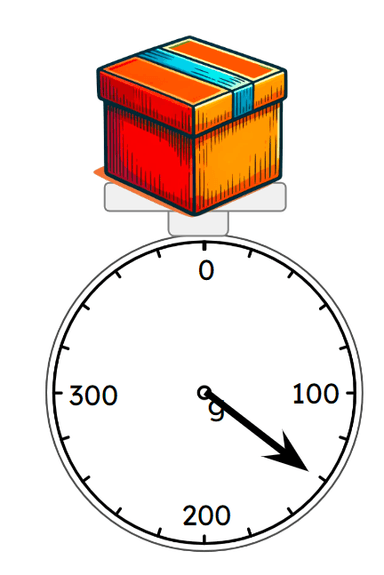
Q4.Look at these scales. Which is showing the greater mass?
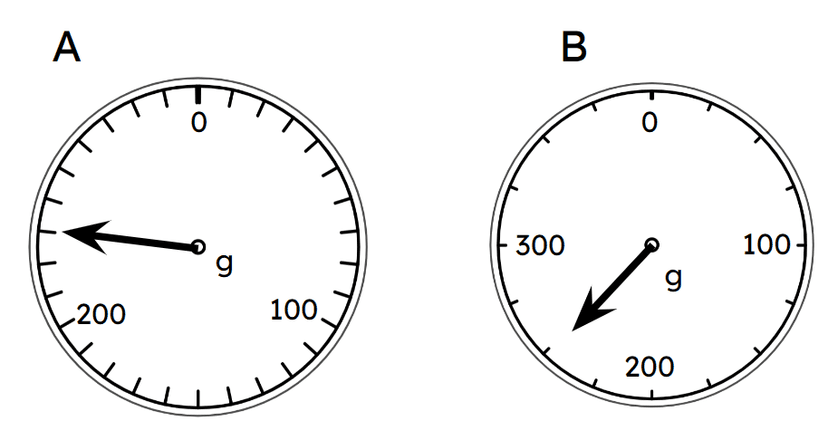
Q5.Starting with the smallest mass, put the scales in order of the mass they are showing.
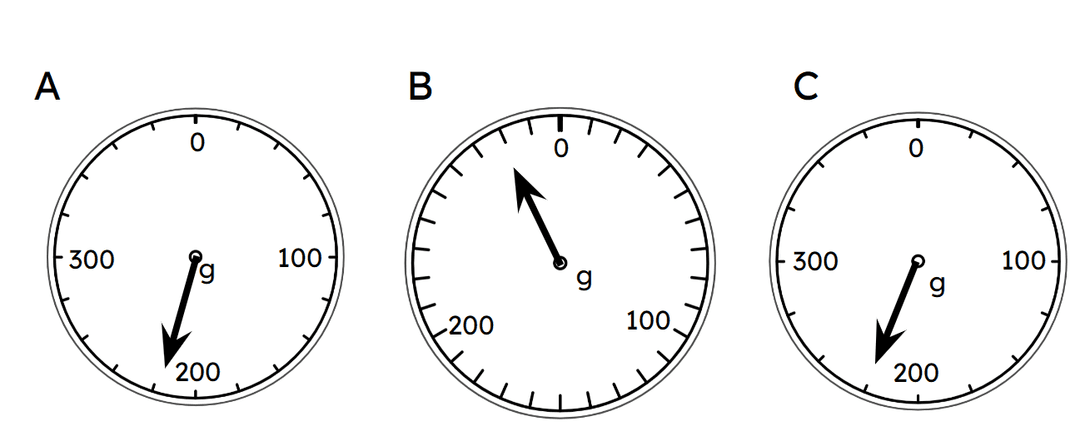
Q6.Look at these scales. What is the total mass of the orange and lemon?
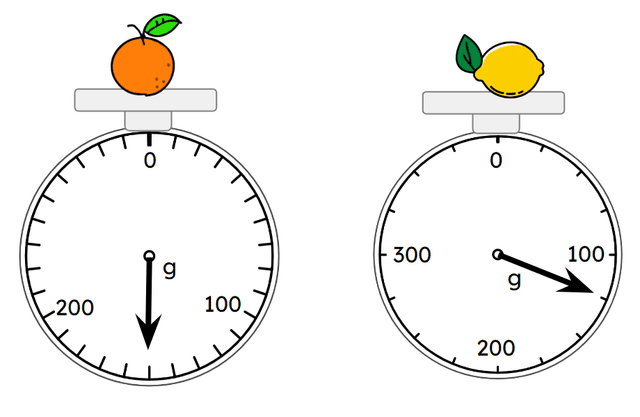
Assessment exit quiz
6 Questions
Q1.1 kg is composed of grams.
Q2.Look at the bar model. What is the missing part?

Q3.Look at the scales. What is the mass of the bowling ball?
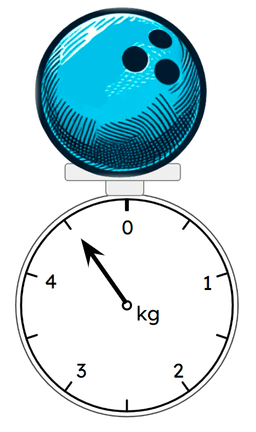
Q4.Starting with the lightest, put these masses in order.
Q5.Look at the scales. What is the difference in the mass that these scales are showing?
